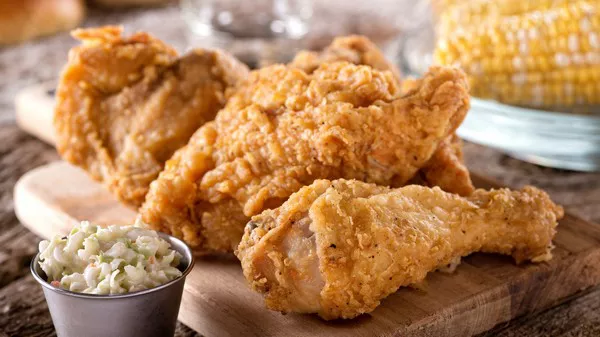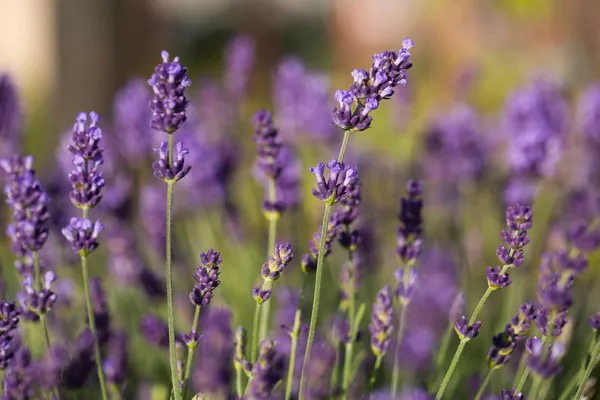The global chicken industry is a vital component of the agricultural sector, contributing significantly to the food supply and economy of many countries. Chicken is one of the most consumed meats worldwide due to its affordability, versatility, and nutritional value. This article explores the top 10 chicken-producing countries, delving into their production methods, industry challenges, and future prospects.
Top 10 Chicken Producing Countries in the World
1. United States
Overview
The United States leads the world in chicken production, with a highly developed and integrated poultry industry. In 2023, the U.S. produced over 20 million metric tons of chicken meat, accounting for nearly 20% of the world’s total production.
Industry Structure
The U.S. poultry industry is characterized by its vertical integration, where large corporations control every stage of production, from breeding to processing. Companies like Tyson Foods, Pilgrim’s Pride, and Sanderson Farms dominate the market.
Key Factors
- Advanced Technology: The use of state-of-the-art technology in breeding, feeding, and processing ensures high efficiency and productivity.
- Economies of Scale: Large-scale operations benefit from reduced costs and increased output.
- Strong Domestic Market: High domestic consumption, driven by the popularity of fast food and health trends, supports the industry’s growth.
Challenges
- Regulatory Compliance: Meeting stringent food safety and environmental regulations poses a significant challenge.
- Labor Issues: The industry faces labor shortages and concerns over working conditions in processing plants.
See Also: World’s Top 10 Natural Rubber Producing Countries
2. China
Overview
China is the second-largest chicken producer globally, with an annual production of approximately 15 million metric tons. The country’s poultry industry has seen rapid growth, driven by increasing domestic demand and modernization efforts.
Industry Structure
China’s poultry sector is more fragmented than that of the U.S., with numerous small and medium-sized farms alongside large-scale operations.
Key Factors
- Growing Middle Class: Rising incomes and changing dietary preferences have boosted chicken consumption.
- Government Support: Policies promoting agricultural modernization and food security have bolstered the industry.
- Expansion of Industrial Farming: There has been a shift towards larger, more efficient farms.
Challenges
- Disease Outbreaks: The industry is vulnerable to avian influenza and other diseases, which can disrupt production.
- Environmental Concerns: Pollution and resource management issues are significant challenges.
3. Brazil
Overview
Brazil ranks third in global chicken production, with an output of around 14 million metric tons annually. The country is also the largest exporter of chicken meat, supplying about one-third of the world’s exports.
Industry Structure
Brazil’s poultry industry features a mix of large corporations and family-owned farms, with major companies like BRF and JBS leading the market.
Key Factors
- Favorable Climate: Brazil’s climate is conducive to poultry farming, reducing costs associated with heating and housing.
- Export Market: Strong international demand, particularly from the Middle East and Asia, drives production.
- Cost-Effective Production: Low feed costs and efficient production practices contribute to competitiveness.
Challenges
- Economic Instability: Fluctuations in the Brazilian economy can impact the poultry sector.
- Regulatory Hurdles: Meeting international standards for food safety and quality can be challenging.
4. India
Overview
India is the fourth-largest chicken producer, with an annual production of about 5 million metric tons. The industry has experienced significant growth due to increasing domestic demand and improvements in production practices.
Industry Structure
The Indian poultry sector is diverse, with a combination of traditional backyard farming and modern commercial operations.
Key Factors
- Rising Population: A growing population and increasing urbanization drive demand for poultry products.
- Government Initiatives: Programs aimed at boosting agricultural productivity and rural incomes support the industry.
- Integration of Technology: Adoption of advanced breeding, feeding, and health management practices enhances productivity.
Challenges
- Infrastructure Deficiencies: Poor infrastructure, particularly in rural areas, hampers efficient production and distribution.
- Disease Management: Controlling diseases and ensuring biosecurity are ongoing challenges.
5. Russia
Overview
Russia ranks fifth in global chicken production, with an annual output of approximately 4.8 million metric tons. The industry has grown rapidly in recent years, supported by government initiatives and increasing domestic demand.
Industry Structure
The Russian poultry sector is dominated by large agribusinesses, with significant investment in modern production facilities.
Key Factors
- Government Support: Policies promoting self-sufficiency in food production and reducing dependence on imports have driven growth.
- Modernization: Investment in modern technology and infrastructure has improved efficiency and output.
- Rising Consumption: Increased consumer preference for poultry meat has fueled demand.
Challenges
- Economic Sanctions: International sanctions can affect trade and investment in the poultry sector.
- Feed Costs: Dependence on imported feed ingredients can lead to cost fluctuations.
6. Mexico
Overview
Mexico is the sixth-largest chicken producer, with an annual production of around 3.5 million metric tons. The country’s poultry industry is a key component of its agricultural sector, supplying both domestic and export markets.
Industry Structure
Mexico’s poultry industry includes a mix of large integrated companies and smaller independent producers.
Key Factors
- Domestic Demand: High per capita consumption of chicken meat supports production.
- Trade Agreements: Free trade agreements, particularly with the United States, facilitate export opportunities.
- Cost Efficiency: Efficient production practices and favorable climate conditions contribute to competitiveness.
Challenges
- Biosecurity: Ensuring biosecurity and managing disease outbreaks are critical concerns.
- Economic Fluctuations: Economic instability and changes in consumer purchasing power can impact the industry.
7. Japan
Overview
Japan is the seventh-largest chicken producer, with an annual output of about 2.6 million metric tons. The country’s poultry industry is characterized by high standards of quality and safety.
Industry Structure
Japan’s poultry sector includes both large-scale commercial farms and smaller family-run operations.
Key Factors
- Quality Standards: High standards for food safety and quality are a hallmark of the Japanese poultry industry.
- Consumer Preferences: Strong domestic demand for chicken meat, driven by dietary trends and preferences, supports production.
- Technological Advancements: Adoption of advanced technology in farming and processing enhances efficiency.
Challenges
- Limited Land: Limited agricultural land and high production costs are significant challenges.
- Aging Population: An aging farmer population may impact future production capacity.
8. Iran
Overview
Iran ranks eighth in global chicken production, with an annual production of approximately 2.4 million metric tons. The industry plays a crucial role in the country’s food security and economy.
Industry Structure
Iran’s poultry sector includes a mix of traditional and modern farms, with significant government involvement.
Key Factors
- Food Security: Poultry production is essential for ensuring national food security.
- Government Policies: Subsidies and support programs for the agricultural sector aid the poultry industry.
- Domestic Demand: High domestic consumption of chicken meat drives production.
Challenges
- Economic Sanctions: International sanctions can affect access to technology and feed ingredients.
- Resource Management: Efficient use of water and feed resources is critical for sustainability.
9. Turkey
Overview
Turkey is the ninth-largest chicken producer, with an annual production of around 2.2 million metric tons. The country’s poultry industry is a key exporter, particularly to the Middle East and Europe.
Industry Structure
Turkey’s poultry sector is characterized by a combination of large integrated companies and smaller farms.
Key Factors
- Export Market: Strong export demand, particularly from neighboring countries, supports production.
- Modern Facilities: Investment in modern production facilities enhances efficiency and quality.
- Government Support: Policies promoting agricultural exports and investment in the poultry sector bolster the industry.
Challenges
- Geopolitical Tensions: Regional geopolitical tensions can impact trade and investment.
- Economic Volatility: Fluctuations in the Turkish economy can affect production costs and demand.
10. Indonesia
Overview
Indonesia ranks tenth in global chicken production, with an annual output of approximately 2 million metric tons. The industry is crucial for meeting the protein needs of the country’s large population.
Industry Structure
Indonesia’s poultry sector includes a mix of small-scale farmers and large commercial operations.
Key Factors
- Population Growth: A growing population and rising incomes drive demand for poultry meat.
- Government Initiatives: Programs aimed at improving agricultural productivity and food security support the industry.
- Technological Adoption: Increasing use of modern technology in breeding and farming practices enhances productivity.
Challenges
- Disease Control: Managing disease outbreaks and ensuring biosecurity are significant concerns.
- Infrastructure Limitations: Inadequate infrastructure, particularly in rural areas, hampers efficient production and distribution.
See Also: Top 10 Sugar-Producing Countries in the World
Conclusion
The global chicken industry is a dynamic and vital sector, with significant contributions to food security and economic growth. Each of the top 10 chicken-producing countries faces unique challenges and opportunities, driven by factors such as domestic demand, government policies, and technological advancements. As the world continues to evolve, these countries will play crucial roles in shaping the future of poultry production, ensuring that chicken remains a staple in diets around the globe.
You Might Be Interested In:
























